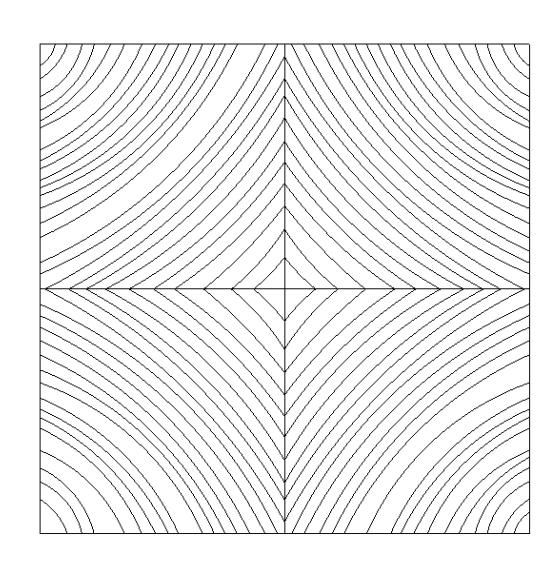Low-Alloy
Aluminum
- Joined
- Oct 9, 2004
- Location
- Pacific NW (U.S.A.)
Sorry for the confusing title. Should have read:
[h=2]Gluing procedure for laminating wood for turning?[/h]Posted too early in the morning!
I have a project coming up that is best described as a tool handle-- like a wood lathe tool handle--only a bit larger in diameter. It has a re-enforcing rod running most of the lenght at the center of the handle. Each half has a channel routed out for the re-enforcing rod, then the re-enforcing rod and two halfs are glued together, then turned on a lathe. I built one of these about thirty years ago out of white oak and it held up great, but the glued up laminates were noticable in the feel/handling. Here is a end view drawing of the laminating before turning to help explain what I am trying to describe.

Each of the four sections are 1" x 1" by whatever lenght I'll build it this time. I have a planer so the wood will be flat and square before gluing. The question is: Is there a best way to orient the pieces for best lay-up? Would hickory or white ash be a strong alternative the white oak that I used previously? As I recall the oak was somewhat time consuming to turn.
Last time I used wood glue to laminate and epoxy to glue in the re-enforcing rod. This time I thought I'd use epoxy throughout. Good idea?
Thanks in advance for any advice given.
[h=2]Gluing procedure for laminating wood for turning?[/h]Posted too early in the morning!
I have a project coming up that is best described as a tool handle-- like a wood lathe tool handle--only a bit larger in diameter. It has a re-enforcing rod running most of the lenght at the center of the handle. Each half has a channel routed out for the re-enforcing rod, then the re-enforcing rod and two halfs are glued together, then turned on a lathe. I built one of these about thirty years ago out of white oak and it held up great, but the glued up laminates were noticable in the feel/handling. Here is a end view drawing of the laminating before turning to help explain what I am trying to describe.

Each of the four sections are 1" x 1" by whatever lenght I'll build it this time. I have a planer so the wood will be flat and square before gluing. The question is: Is there a best way to orient the pieces for best lay-up? Would hickory or white ash be a strong alternative the white oak that I used previously? As I recall the oak was somewhat time consuming to turn.
Last time I used wood glue to laminate and epoxy to glue in the re-enforcing rod. This time I thought I'd use epoxy throughout. Good idea?
Thanks in advance for any advice given.
Last edited:


